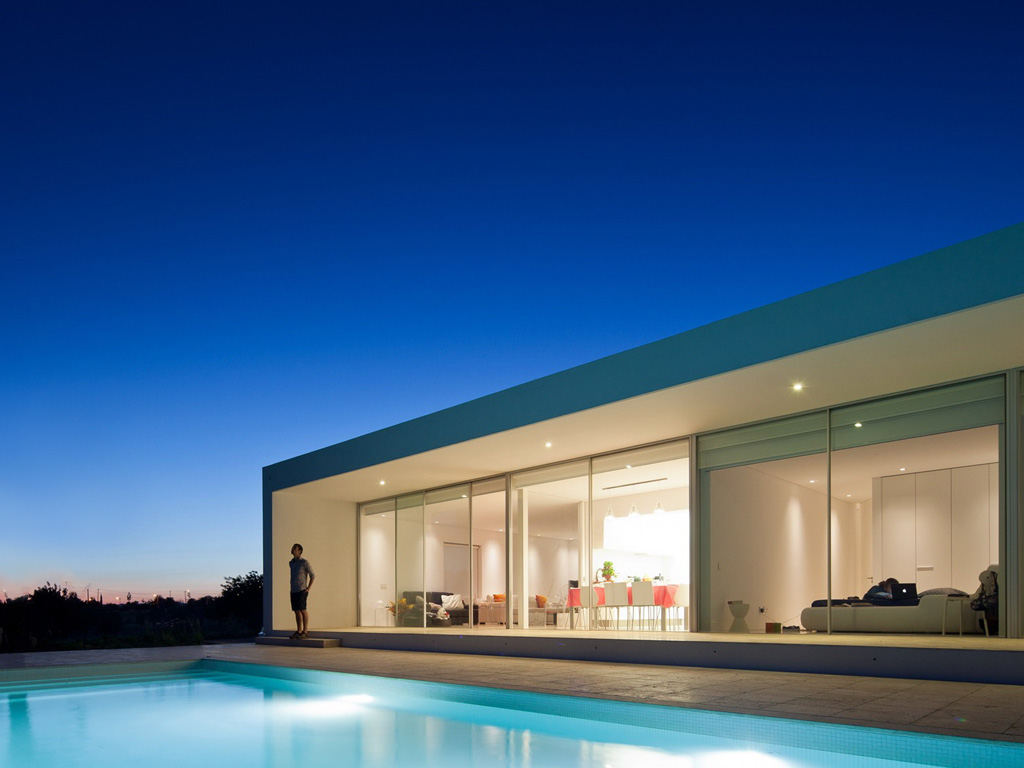

It was the reconstruction of one of the most famous castles in Europe.
Europe’s aristocracy were guests here; lavish parties laid the foundations for Hanover’s rise to an Electorate.
During the 19th century Herrenhausen Castle was the summer residence of the Hanoverian Royal Family.
The castle’s history however dates back much further.
The summer residence was first built in 1674. Hanover was declared a kingdom in 1814 and in 1819 the building was redesigned in the classical style by master builder to the royal court, Georg Friedrich Ludwig Laves.
In 1943 British bombs reduced the summer residence of the Welf dynasty (the oldest in Europe) to ruins. Now 70 years after its destruction, Herrenhausen Castle has been reopened.
Between 2009 and 2012 Herrenhausen Castle was been rebuilt in the classical style based on the historic plans of the aforementioned master builder to the royal court, Georg Friedrich Ludwig Laves.
A team of 14 engineering firms were involved in planning the rebuild.
The reconstructed castle is attracting additional visitors to the unique Baroque grounds in Hanover.
In 2013, the castle launched itself as a venue for academic conferences.
A museum has been created in the two side wings, dedicated to the outstanding cultural and intellectual history of Herrenhausen Castle.
On 17 October 2013, Herrenhausen Castle was awarded the prize “The Location Award 2013” as winner of the “Newcomer” category.
This prize was awarded in 10 categories which reflect the entire spectrum of event and conference venues in Germany.
The city is currently exploring the possibility of applying for UNESCO World Heritage Status. According to experts, however, this status is likely to be difficult to obtain.
